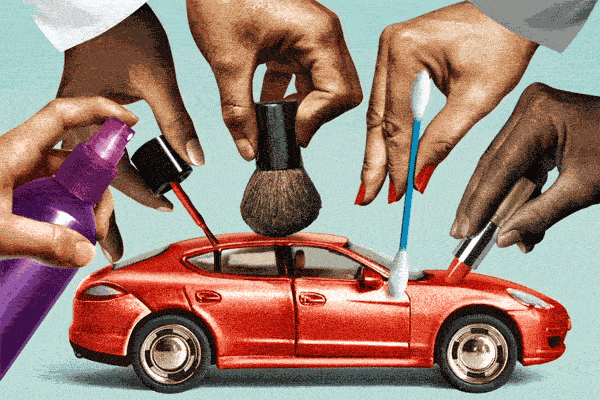No question: When selling your car, you want to get the most money possible.
You can maximize profits by doing a private sale, but you’ll have to place an ad, let strangers drive your vehicle, haggle over the price and deal with the hassle of transferring money once the deal is made.
If just reading that last paragraph exhausts you, consider a dealer trade-in. It could save you time, plus, all that money you make from it can be applied to your next car purchase. (Two birds, one stone.) Another upside: The dealer typically handles transferring the title and the registration paperwork, as well as the payoff of any existing loan on your car.
Used vehicles are welcome at most dealers, so don’t limit yourself to those that sell your car’s make. In 2018, there were more than 40.8 million used-car sales in the U.S., according to Edmunds.
Here’s how to rev up your vehicle’s appeal and get the most cash for your car.
Know Your Car’s Value
Be a prepared shopper and take advantage of online resources to see what others paid and compare market averages on used-car listings.
To score the best deal on your trade-in, calculate your car’s market value and use that to determine your asking price. Online resources will give you estimates based on the make, year, mileage and condition of your car. Also, factor in the dealer’s gross profit margin (around 12 percent). Take it to a few dealers and compare offers.
Give it a Shine
Presenting a clean car is a simple way to boost offers on your trade-in. Get it detailed, including the engine. Having service records also helps. “A clean car and good maintenance records indicate that you’ve taken care of your car,” says Cari Crane, senior industry analyst for TrueCar.
Be Up Front About Repairs
What if your trade-in vehicle isn’t in the best shape? First, pay for small repairs yourself—e.g., worn brake pads or small blemishes. If you can’t fix what’s wrong, get repair estimates from a mechanic that you can use when you negotiate with the dealer. For example, if a dealer wants to deduct $2,500 from your asking price to replace the brakes and fix the windshield, but you have an estimate of $750 for both, you’re in a better position to negotiate. If the dealer doesn’t budge on the price, consider paying for the repairs yourself to get the maximum amount for your car.
Separate Your Transactions
Negotiate the new or pre-owned vehicle first, then your trade-in. “You’re more likely to get a better deal on the new vehicle by keeping that transaction separate,” says Laurence E. Dixon III, director of market intelligence for the NADA Used Car Guide, a division of J.D. Power.
By Anita Slomski
Illustration by Doug Chayka
Read More: How to buy a used car online
